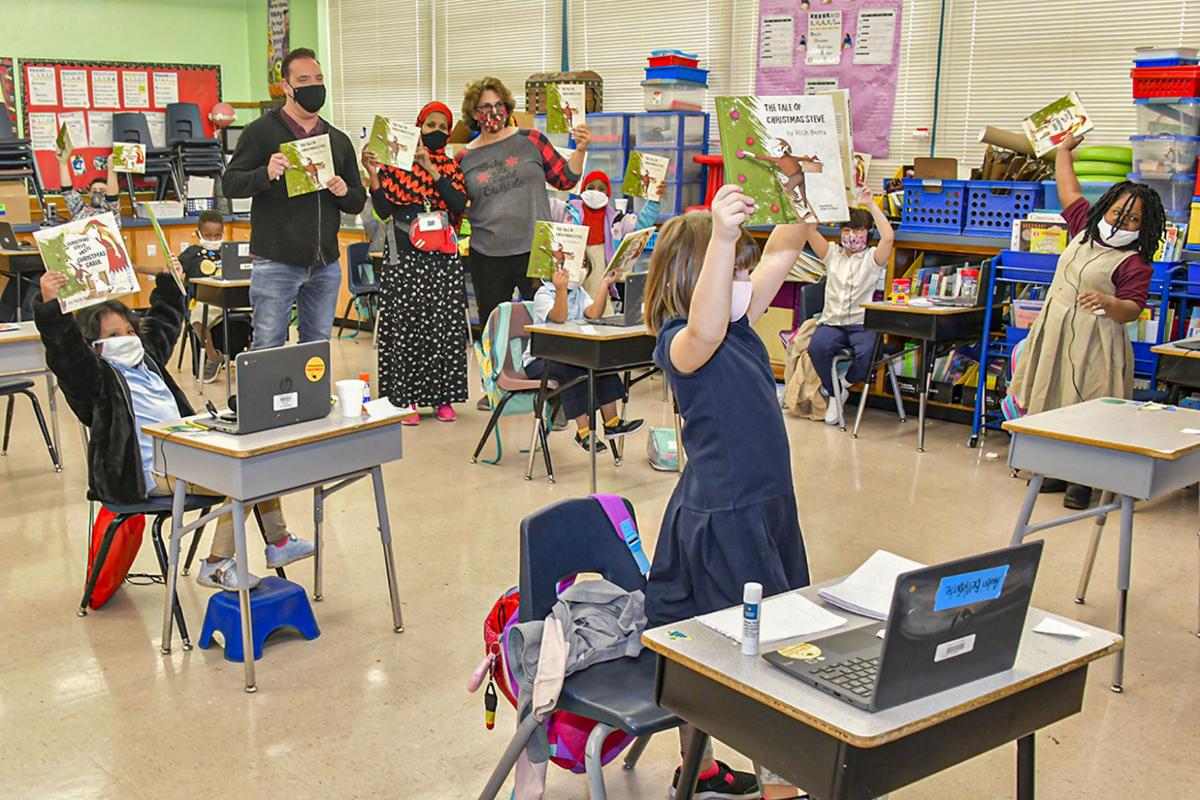The following column is the opinion and analysis of the writer:
A recent push to reopen schools to in-person learning is citing research showing that it is less likely children will become infected while in school as opposed to being in the community. An Arizona Daily Star Jan. 7 opinion column was headlined “Virtual learning unnecessary, no sub for classroom learning.”
Both the headline and the writers were correct in that there is no substitute for in-person learning, but the premise that returning to schools is safe for all, or that in-person instruction following CDC guidelines will increase student achievement is just not reality. How children become infected, or how sick they will become, or how easily they infect those around them, including faculty or staff, or if they risk bringing home the virus to those living with them is debatable. But pushing teachers to the breaking point not just because of infection risk but because of increased workload is not.
Returning to in-person instruction following CDC guidelines is not going to increase student achievement significantly if teachers must teach both online and in-person synchronously. CDC guidelines mandate wearing masks and frequent hand-washing and avoiding large gatherings, but they also mandate social distancing. To achieve this last guideline, most schools have gone to hybrid teaching — meaning half the students come to school part of the week while the other half are home online, and then the two groups switch.
In many cases, teachers are expected to do both at the same time, and even when returning to full in-person instruction, charter, private and public schools are offering parents who do not feel comfortable about coming back to campus the option of staying online. One teacher I know currently has about 25 elementary students in class and between three to five permanently online. She is expected to serve all equally.
Despite herculean efforts, it is simply not possible for one teacher to do both well at the same time. Another teacher I love who currently is teaching 100% online due to the infection spike but who spent most of this school year in a hybrid model texted me: “In each of my four blocks I had 12 online and 12 in person at the same time. I had parents saying I paid too much attention to the kids in person and others saying I spent too much time with the kids online.”
One fake assumption is that by giving schools more money, the problem will be solved. After all, could they not use every inch of classroom space as well as additional areas on campus to spread out students so only half are in the classroom at the same time and then hire additional teachers and staff to instruct those in other locations? The answer is a resounding “No.”
Most schools, especially those in rural areas, do not have superfluous space but more significantly, there is already a major teacher shortage and hiring appropriately certified teachers or even aides is not going to happen, regardless of how much federal COVID funding is tossed to schools.
In-person learning under these conditions will result in even more teachers leaving the classroom, either retiring a few years earlier than planned or simply deciding that the stress of having their workload double — not even taking into account their justified fear of infection — is simply not worth continuing. In-person instruction only works if there is an effective teacher in every classroom. By pushing in-person learning before every student will be in-person without online outliers is going to increase teacher shortages. Period.





